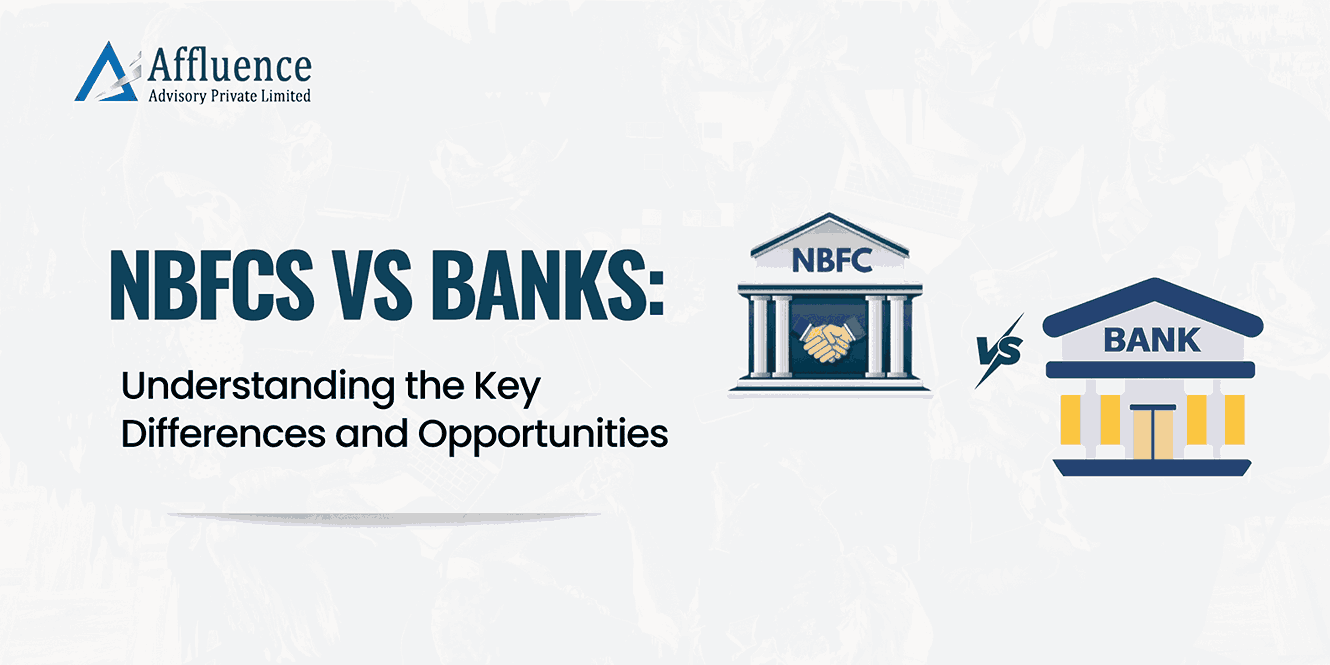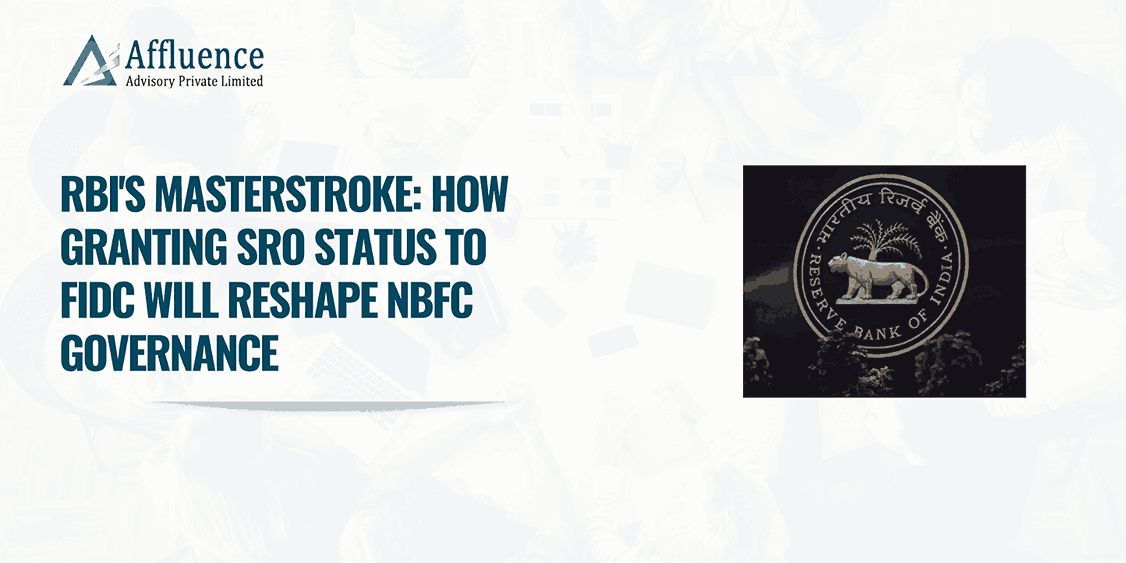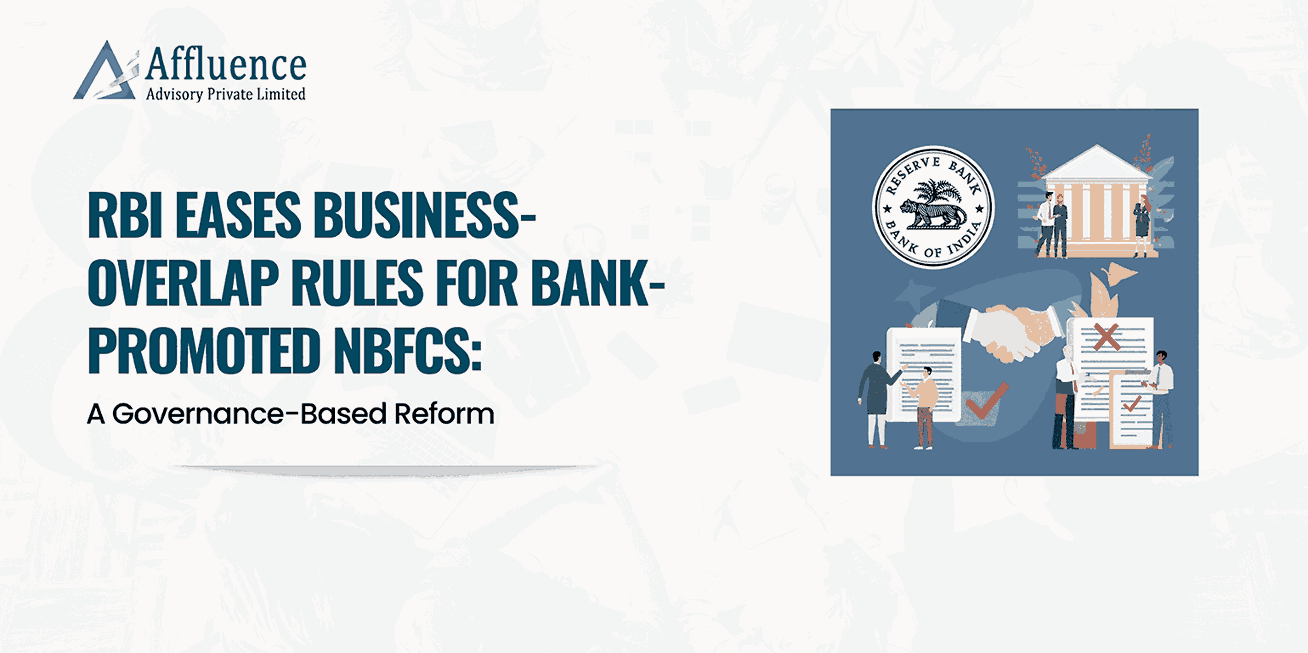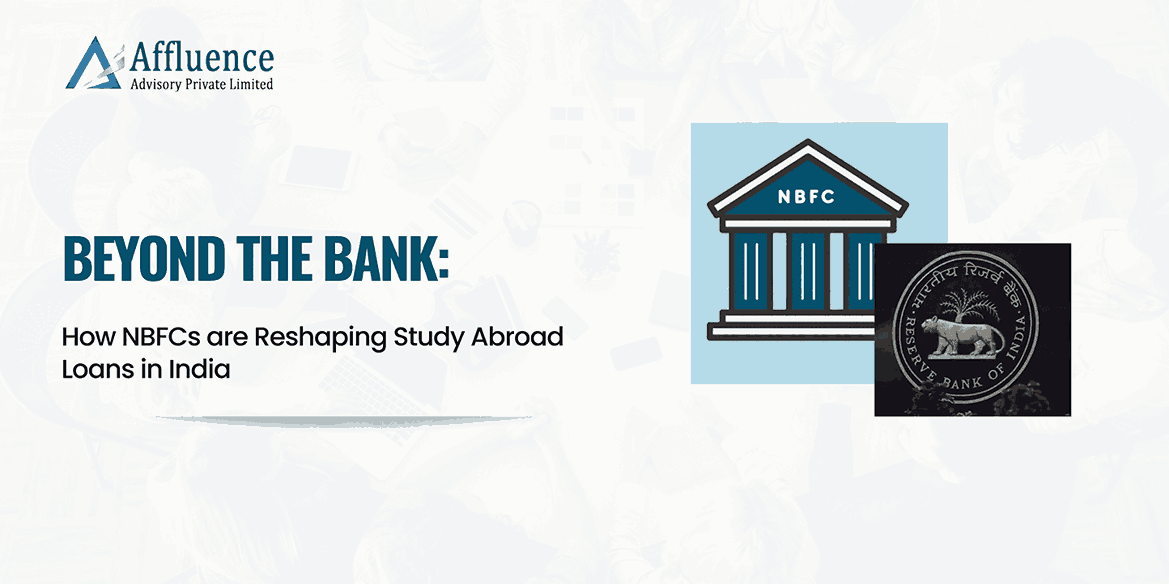
NBFCs vs Banks: Understanding the Key Differences and Opportunities
Introduction
In today’s financial ecosystem, both Banks and Non-Banking Financial Companies (NBFCs) play a crucial role in driving economic growth. While banks remain the backbone of the formal financial system, NBFCs have emerged as strong complements, offering specialized financial services and bridging gaps in credit accessibility. For businesses, investors, and customers, it is essential to understand how these two institutions differ and what opportunities they present.
What are Banks?
Banks are regulated financial institutions authorized to accept deposits, provide loans, and offer a wide range of financial services. They are governed primarily by the Reserve Bank of India (RBI) under the Banking Regulation Act, 1949. With their ability to create credit and accept demand deposits (like savings and current accounts), banks form the foundation of the country’s monetary system.
What are Non-Banking Financial Companies?
NBFCs are financial institutions registered under the Companies Act, 2013 and regulated by the RBI, but they do not have a banking license. Unlike banks, NBFCs cannot accept demand deposits or issue cheques drawn on themselves. However, they provide loans, advances, asset financing, leasing, investment products, and microfinance services. Their flexibility, niche focus, and innovative lending models make them vital players in India’s credit market.
Key differences between Banks and NBFCs
|
Aspect |
Banks |
NBFCs |
|
Regulation |
Governed by RBI under Banking Regulation Act, 1949 |
Registered under Companies Act, 2013; regulated by RBI guidelines |
|
Deposits |
Can accept demand and time deposits |
Cannot accept demand deposits |
|
Credit Creation |
Can create credit by lending beyond deposits |
Cannot create credit in the same way |
|
Payment System |
Part of payment and settlement system; can issue cheques and cards |
Not part of payment system; cannot issue cheques drawn on themselves |
Opportunities with Banks
- Trust and Stability – Backed by strong regulation and deposit insurance, banks enjoy higher trust among the public.
- Wide Service Range – From deposits to investments, banks provide a one-stop financial solution.
- Payment Integration – Banks are deeply integrated into the payment system, enabling seamless transactions.
- Credit Support for Large Businesses – Banks remain the primary source of funding for large corporates and infrastructure projects.
Opportunities with NBFCs
- Credit Access to Underserved Segments – NBFCs focus on individuals and small businesses that banks often overlook, particularly in rural and semi-urban areas.
- Specialized Products – From vehicle finance to consumer durable loans, NBFCs design tailor-made offerings.
- Faster Processes – With leaner structures and technology-driven models, NBFCs often provide quicker loan approvals compared to banks.
The Road ahead
Banks and NBFCs are not competitors but rather complementary pillars of India’s financial system. While banks ensure systemic stability and financial inclusion, NBFCs inject innovation, flexibility, and last-mile credit delivery. With the RBI tightening regulations on NBFCs and encouraging collaboration with banks through co-lending models, the future points toward deeper integration of both.
For customers and businesses, the real opportunity lies in leveraging the strengths of each: the reliability of banks and the agility of NBFCs. Together, they are set to drive India’s vision of becoming a $5 trillion economy.
Disclaimer: This article provides general information existing at the time of preparation and we take no responsibility to update it with the subsequent changes in the law. The article is intended as a news update and Affluence Advisory neither assumes nor accepts any responsibility for any loss arising to any person acting or refraining from acting as a result of any material contained in this article. It is recommended that professional advice be taken based on specific facts and circumstances. This article does not substitute the need to refer to the original pronouncement.
CLICK HERE DOWNLOAD PDF



